Country of Origin: Newfoundland
Dog Group: Working
Origin of Name: The Newfoundland gets its name from the Dominion of Newfoundland, now a part of Canada. They were named in 1775 by George Cartwright and are called ‘Newfies’ for short.
Shedding
A bit highMonthly keeping cost
PremiumRs.7,000 Standard
Rs.3,000
Size
LargerBreed Info
Life Span-9 to 10 years
Availability-Rare
About New foundland:
The Newfoundland is the canine version of a teddy bear: large, furry, cuddly and lovable. Newfies embody everything we love about dogs, including their loyalty and affectionate nature. Initially bred and used by fishermen to retrieve nets and small boats from the water, Newfies also make great family dogs because of their innate affability with children and adults alike.
The origin of the Newfoundland is relatively shrouded in guesswork and approximation. Some believe that this breed originated in England and was brought by fishermen to Newfoundland. Others surmise that this dog was a descendant of the Viking bear dog and still others infer that they are the happy result of crossing the Great Pyrenees with either the Mastiff or the French Hound. The resurgence of the Newfie is credited to Sir Edwin Landseer, who included this breed in his paintings. The white-and-black variety is named in his honor. The establishment and popularity of the breed was solidified by a former governor of Newfoundland, the Hon. Harold MacPherson, who made Newfies his breed of choice.
It’s no surprise that, in his famous children’s book, ‘Peter Pan’, author JM Barrie chose Nana, a Newfie, to be the children’s nanny. Despite their intimidating size, Newfies are especially known for their gentle disposition and tolerance towards children.
Maintenance
Visits to Groomer-High
Drooling-Yes
Bath-Regular
Tolerance to heat-Get a heatstroke
Tolerance to cold-loves snow
Exercise Requirement-Lots
Hair & Coat
Under Coat-Yes
Colour-Grey/Brown/Black/Black and White
Coat Type-flat and dense
Hair Length-Flowing
Hair Density-Dense
Health
Newfies are large dogs and have a tendency to gain weight. This and other breed specific peculiarities lead them to be prone to quite a few health issues.
Hypoadrenocortism
Vomiting
Poor appetite
Lethargy
Eye problems
Cherry
Hip and elbow
Hypothyroidism
Epilepsy
Hair loss
Obesity
Ethargy
Skin problems
More
Temperament
Newfies are famous for their calm, docile nature. They are affectionate, patient, loyal, brave, and extremely good with young children. They are also physically very strong and their bodies are engineered to not just be able to swim great distances but also to survive very cold water and pull ashore people in distress, which is why they make excellent lifeguards. Newfies are also known for their rare intelligence and are counted amongst the easiest breeds to train.
Training & Intelligence
Newfoundland is an intelligent breed and is one of the easiest breeds to train. They are the perfect guard dogs and love to please the family members, so this will be an easy breed to train just make the training sessions fun, Newfies have a lot of energy so this adorable dogs that will not get tired easily. Newfies are immensely intelligent dogs, believed to be second to none in their ability to learn. The best way to train them is to develop a training programme that integrates both mental and physical exercise.
Breeding
Litter Size-6 to 9 puppies (approximately)
Complication in Breeding-No
Procreation
A dog takes around 18 months to reach his or her full height and structure. It is advisable to breed your dogs after they are at least two years old. If you are a first-timer at breeding, it is recommended that you take the advice of an experienced vet. The average Newfie litters five to eight puppies.
Tags Newfoundland Dog Images Newfoundland Dog Price In India Newfoundland Dog Shedding Newfoundland Dog Temperament

 DogExpress
DogExpress

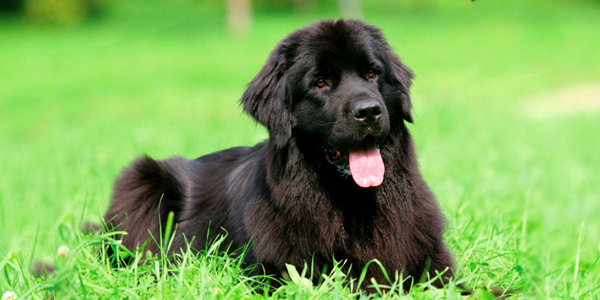
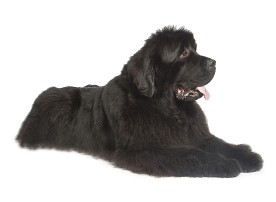
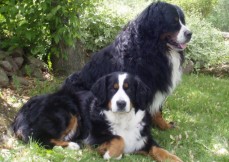
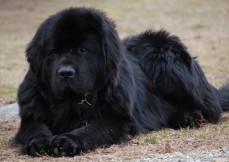
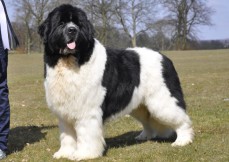
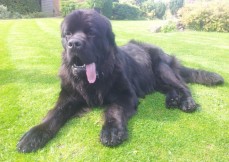












 in Chandigarh, India.
in Chandigarh, India. 
